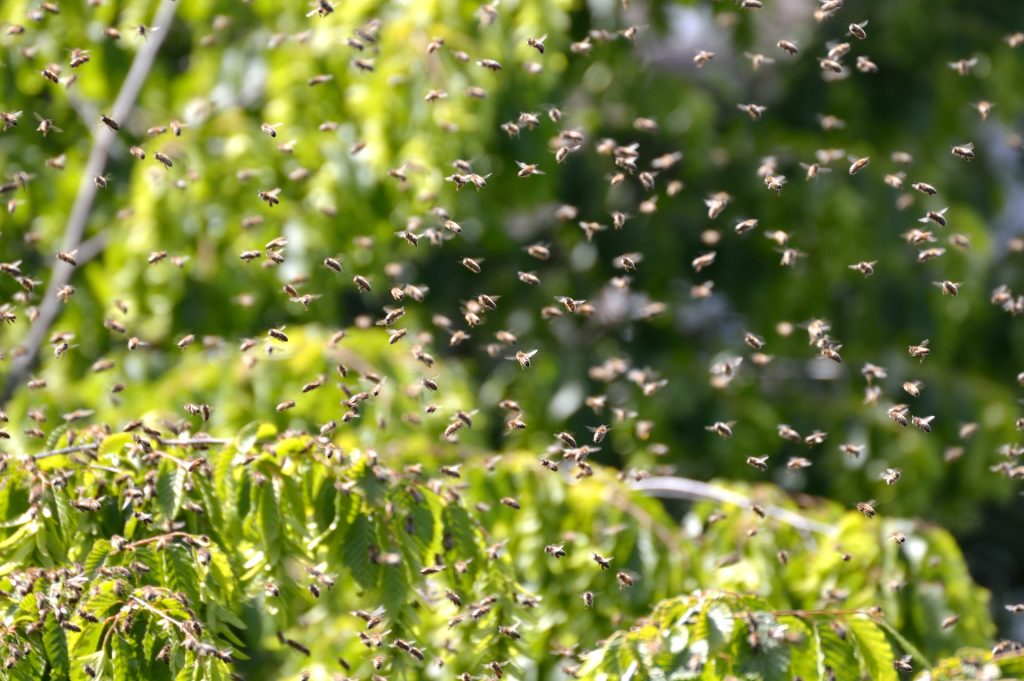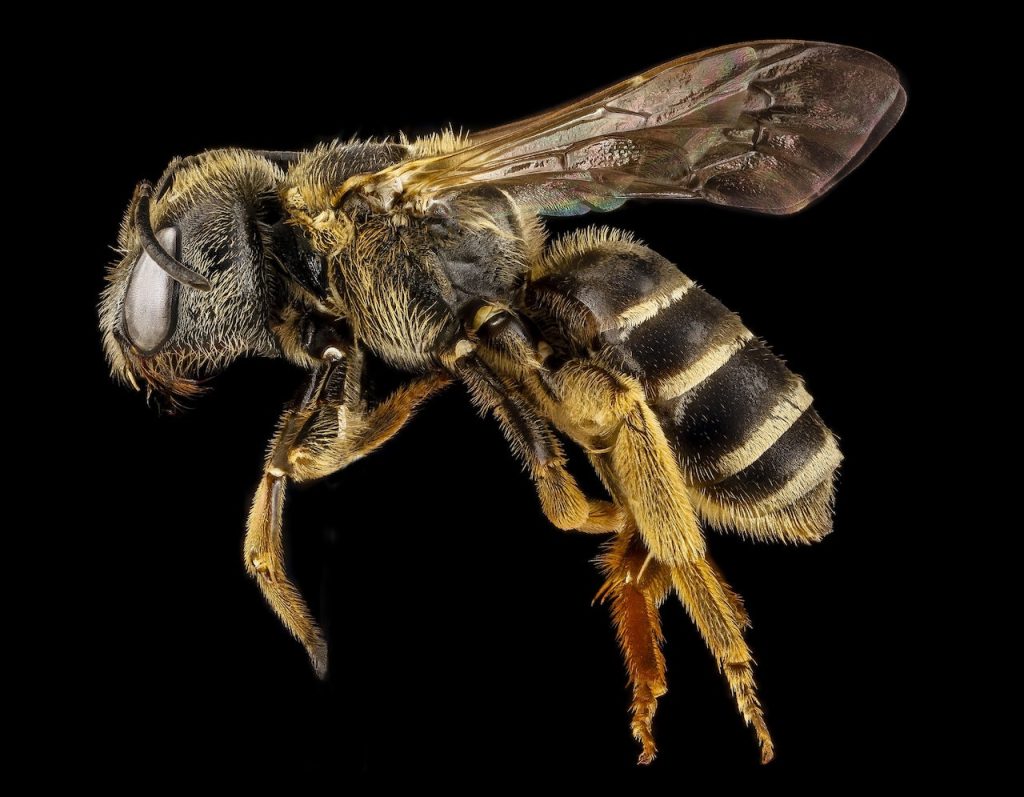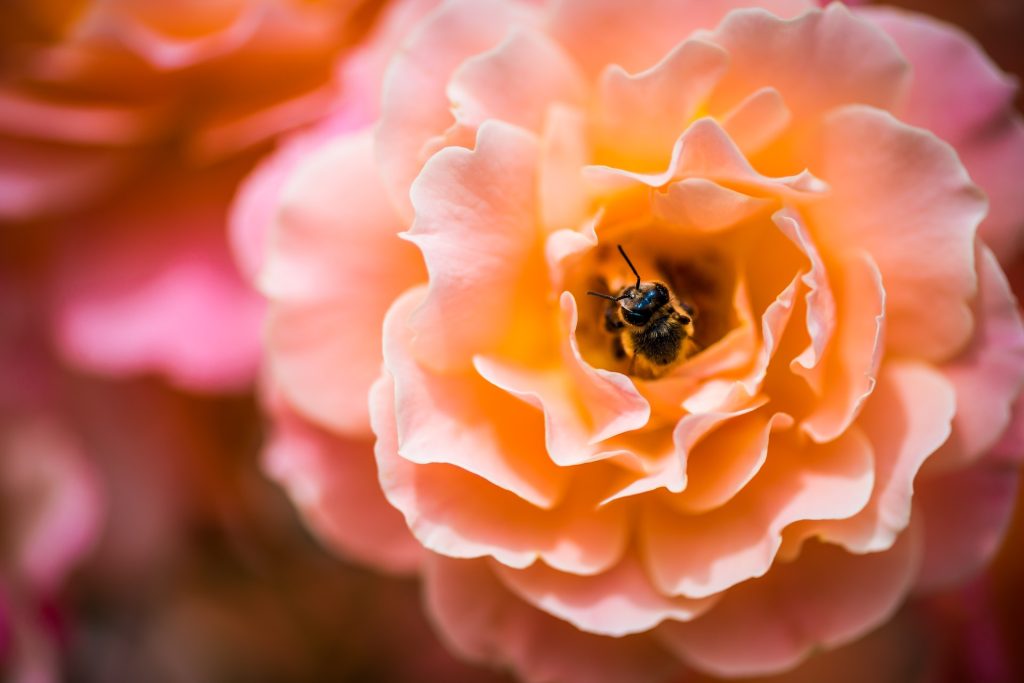Genetic diversity is a fundamental aspect of biodiversity and plays a crucial role in the long-term survival and resilience of species. Bees, as vital pollinators, are no exception. The genetic diversity within bee populations is of great significance for their adaptability, health, and overall ecosystem functioning. In this article, we will explore the importance of genetic diversity in bee populations and highlight its implications for bee conservation and the stability of pollination services.
Understanding Genetic Diversity: Genetic diversity refers to the variety of genetic information present within a species. It encompasses the range of different genes, genetic variations, and the frequency of alleles within a population. Higher genetic diversity indicates a greater number of unique genetic combinations, which can provide numerous benefits to a species.
Benefits of Genetic Diversity in Bees:
Adaptability and Resilience: Genetic diversity equips bee populations with the capacity to adapt to changing environmental conditions, such as climate fluctuations, habitat loss, and emerging diseases. Genetic variations allow bees to possess a broader range of traits, enhancing their ability to cope with diverse challenges and increasing their chances of survival.
Disease Resistance: Genetic diversity plays a vital role in mitigating the impact of diseases and parasites that affect bee populations. Different genetic variations can provide natural resistance or tolerance to specific pathogens, reducing the vulnerability of entire colonies or populations to devastating diseases.
Foraging Efficiency and Pollination Effectiveness: Bees with diverse genetic backgrounds may exhibit variations in foraging behaviors, preferences, and efficiency. This diversity in foraging traits can optimize their ability to access a wide range of floral resources, ensuring effective pollination across diverse plant species. Efficient pollination, facilitated by genetic diversity, contributes to the reproductive success of both wild plants and agricultural crops.
Colony Fitness and Productivity: Genetic diversity within honeybee colonies is crucial for their overall health, productivity, and stability. It helps maintain a balanced division of labor among worker bees, enhances queen quality and fertility, and reduces the risk of inbreeding depression. Healthy and genetically diverse colonies are more likely to thrive and fulfill their vital roles in pollination services.
Conservation Implications: The decline of bee populations worldwide highlights the urgency of conserving and promoting genetic diversity within these crucial pollinators. Several key considerations arise when addressing the conservation of genetic diversity in bee populations:
Habitat Preservation: Protecting and restoring diverse habitats that support a wide range of flowering plants is essential. By preserving natural landscapes and creating pollinator-friendly environments, we provide bees with the necessary resources and diverse forage options, which can help maintain genetic diversity.
Minimizing Pesticide Use: Reducing the use of pesticides, particularly those harmful to bees, is crucial for their conservation. Pesticides can negatively impact bee health and reproductive success, leading to reduced genetic diversity within populations. Implementing integrated pest management practices and promoting sustainable farming methods contribute to safeguarding genetic diversity.
Maintaining Connected Landscapes: Promoting connectivity among habitats and creating corridors between fragmented landscapes facilitate gene flow and genetic exchange among bee populations. Maintaining genetic connectivity allows for the movement of individuals and genetic material, reducing the risks of isolated populations and inbreeding.
Preservation of Native Bee Species: Native bee species often possess unique genetic adaptations and have coevolved with specific plant species. Protecting and conserving native bee populations is vital for maintaining the genetic diversity within regional ecosystems, as they play unique roles in pollination networks.
Conservation Breeding Programs: In certain cases, conservation breeding programs can be employed to preserve genetic diversity in bee populations facing severe threats. These programs aim to breed individuals from genetically diverse sources and reintroduce them to restore or augment populations in decline.
Conclusion: Genetic diversity is a critical component of bee populations and plays a vital role in their adaptability, health, and overall ecological functioning. Bees with higher genetic diversity are better equipped to withstand environmental challenges, combat diseases, and fulfill their essential role as pollinators. Conserving and promoting genetic diversity within bee populations should be a priority in efforts to safeguard their long-term survival and the stability of pollination services.
To ensure the preservation of genetic diversity, it is crucial to protect and restore diverse habitats that provide ample forage for bees. Minimizing pesticide use, promoting sustainable farming practices, and creating connected landscapes that facilitate gene flow are essential strategies. Additionally, the conservation of native bee species and the implementation of targeted breeding programs can contribute to the preservation of genetic diversity in bee populations.
By recognizing the importance of genetic diversity in bees and taking proactive measures to conserve it, we can help maintain the resilience of bee populations, support sustainable agriculture, and safeguard the crucial pollination services they provide. Preserving the genetic diversity of bees is not only an investment in their own survival but also a commitment to the health and biodiversity of our ecosystems.






